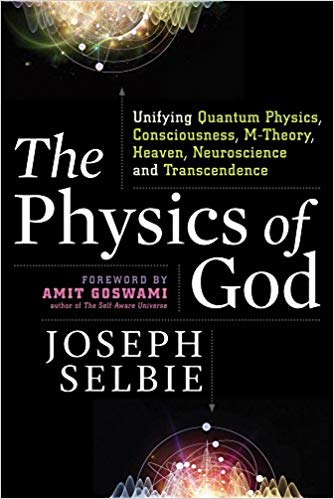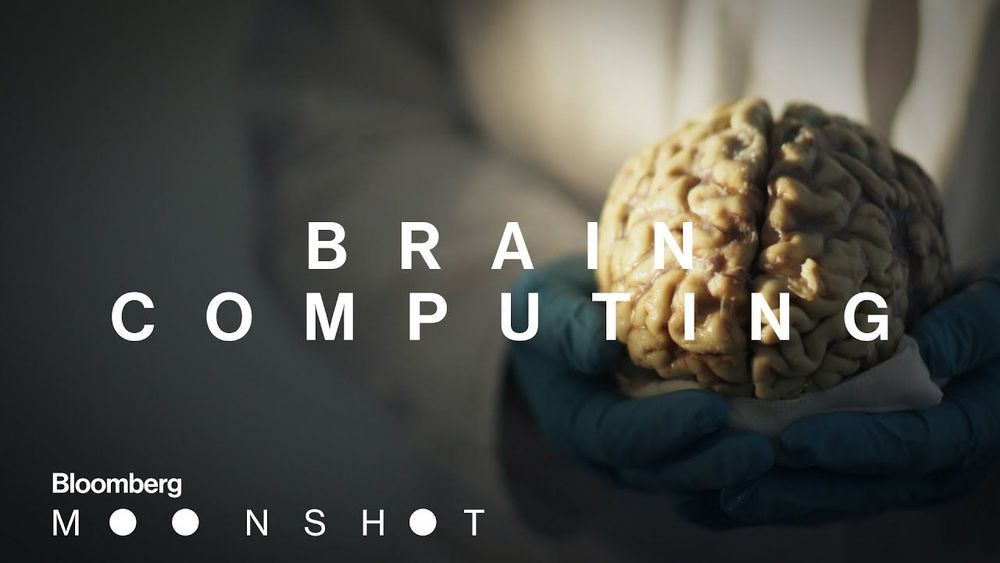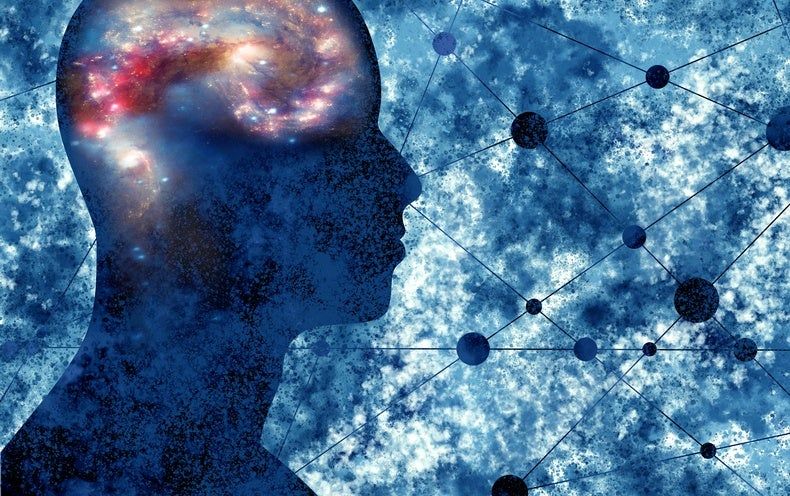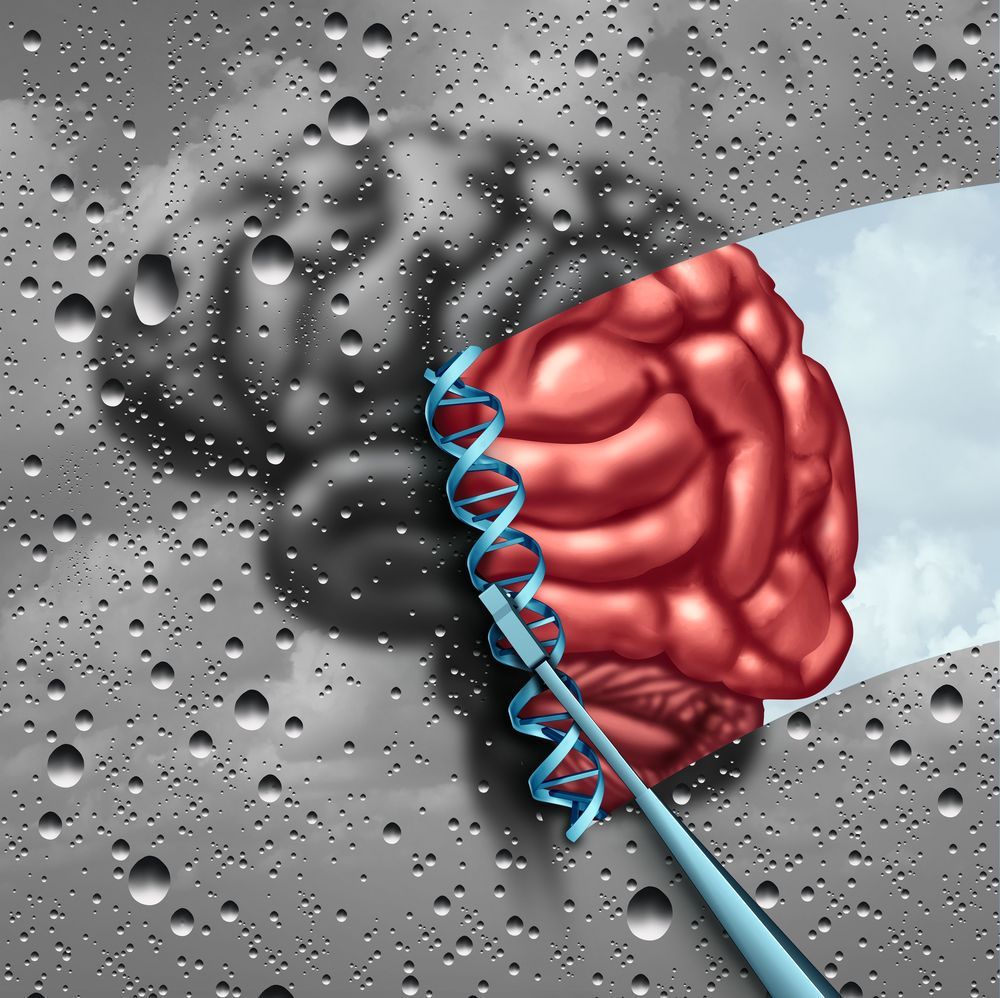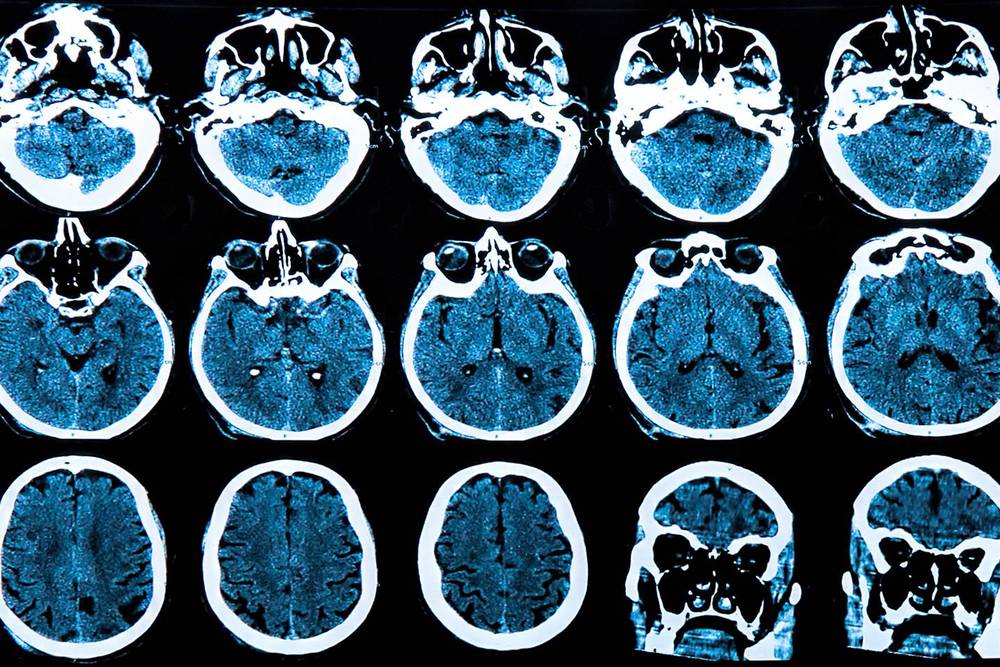What if god was literally real. Let’s just posit that instance. What if a type 7 civilization existed. What if the realm of impossibility of dream existed. I think if a realm of impossibility existed it have literal physics. This book talks about this real instance of possible impossibility. What if water into wine literally happened it would have a literal physics. In the realm of science of the impossible there could have a literal scientific proof that a chimp with god like powers did exist that essentially maybe it prove of a being that has impossible abilities. Some even posit that god is an alien perhaps. That the universe is a sandbox for us to live much like a video game is. That the vast expansion of this bubble universe with its realm of physics that has near endless possibilities stands to reason of a creator that has made those to be. That it is not just farming we do on earth but rather something different that even in a grain of sand there is infinite possibilities because essentially it was manufactured by a god like being that physically existed. This could rewrite the history books even proving that god does exist as an actual being of immense abundance and power. M theory would solve the questions we all hold dear that the secrets of the universe may be hidden in m theory.
Setting aside the pervasive material bias of science and lifting the obscuring fog of religious sectarianism reveals a surprisingly clear unity of science and religion. The explanations of transcendent phenomena given by saints, sages, and near-death experiencers—miracles, immortality, heaven, God, and transcendent awareness—are fully congruent with scientific discoveries in the fields of relativity, quantum physics, medicine, M-theory, neuroscience, and quantum biology.
